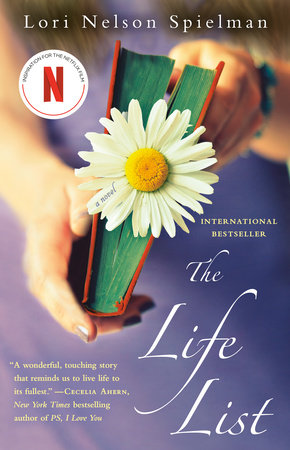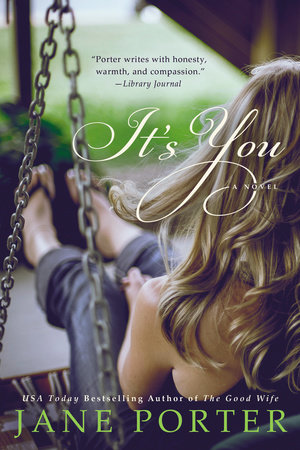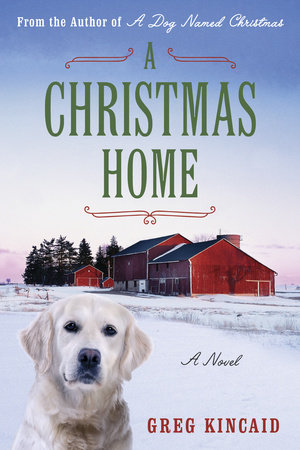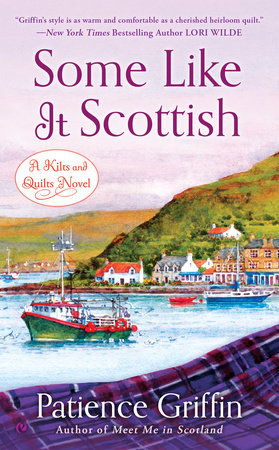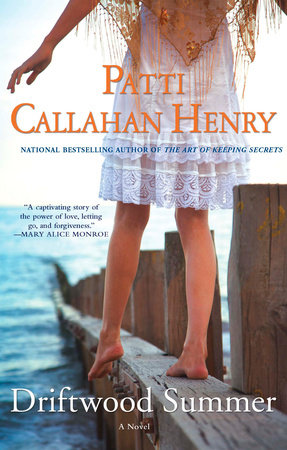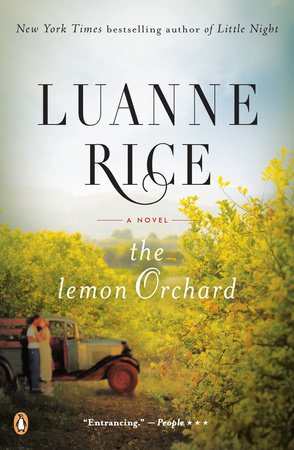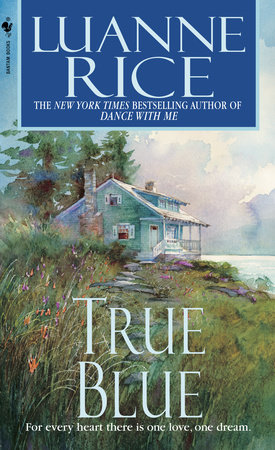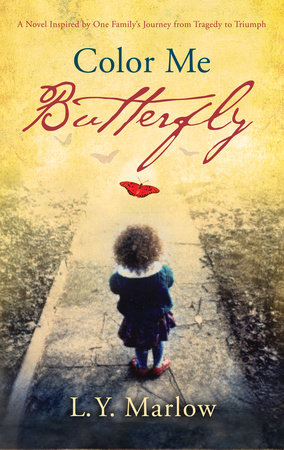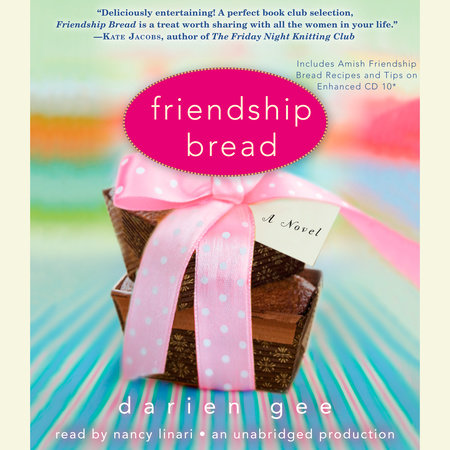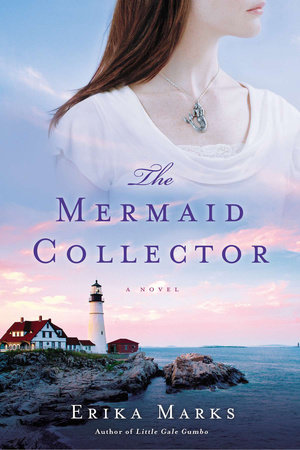Author Q&A
A Conversation with Darien Gee
Random House: Give us a taste of Friendship Bread and some of the characters you created to tell this story. Who was your favorite, who did you connect with the most?
Darien Gee: I have a tenderness for the scenes where Julia Evarts can’t get out of bed or where her husband, Mark, is fumbling with a broken token of love. It makes my heart ache when I see Julia’s sister, Livvy, going about her life so earnestly but also with so much fragility that I’m worried she might break. I’m grateful that Madeline Davis, owner of the tea salon, gives cellist Hannah Wang de Brisay a book that changes her life. Edie Gallagher sometimes shouldn’t speak her mind, but I’m glad (most of the time) that she does. I’m cheering for Connie Colls, from the Avalon Wash and Dry, that she might find her way in the world. I had a lot of fun writing the anecdotal characters, the people from the town of Avalon whose lives were touched by the bread, and I do have to say that Gloria, the psychic, makes me laugh, and I’m charmed by Double A, the biker who bakes. This my round- about, duck-the-question way of saying that, as a mother and author, I don’t play favorites—I love them all.
RH: What was your inspiration for the book?
DG: In the spring of 2009 my then eight-year-old daughter brought home a Ziploc bag of Amish Friendship Bread starter. My initial re- sponse had been a shake of the head—the starter looked so unappe- tizing that I couldn’t see how it would be worth doing. But as I read through the instructions, I became intrigued, and by the time I tasted the bread, I was hooked. As I was finishing the last piece, I saw a woman in my mind who was reluctantly holding up a bag of the starter, regarding it with a frown. I didn’t know where she had gotten the starter but one thing was clear—she was enveloped in sadness, stuck in the day-to-day motions that mimicked life when in fact she hadn’t felt alive in years. I knew right then that I wanted to find out more, and I started writing that night.
RH: What is Amish Friendship Bread? Is it really Amish?
DG: Amish Friendship Bread is a cinnamon-sugar cake-like bread made from a sourdough starter that’s shared and passed along from friend to friend, neighbor to neighbor, co-worker to co-worker. The first documented appearance of Amish Friendship Bread was in the early 1990s when a Girl Scout troop sent a letter almost identical to the one that circulates today. To my knowledge no one has been able to definitively determine if it originated from the Amish (one of the key ingredients is a box of instant pudding, so I’ll let you be the judge). Amish Friendship Bread is less about the actual recipe and more about sharing and community, key principles often associated with the Amish, which is why I think it bears that name.
RH: Tell us about the “Six Degrees of Friendship Bread.”
DG: Whenever people tell me they’ve never heard of Amish Friend- ship Bread, my response is always, “I bet I can find someone within six degrees of separation [the concept that everyone is six steps away from any other person] who has received the starter or baked the bread.” And I always do.
RH: Some people call Amish Friendship Bread a culinary or viral chain letter. Can you tell us about that?
DG: When you receive a bag of starter, the instructions tell you how to care for the starter and then, on Day Ten, divide it and give three bags to three friends, saving one for yourself. Theoretically, if everyone you gave it to did the same thing, after five rounds there would be 1,024 bags of starter floating around out there. After ten rounds, there would be 1,048,576 bags. And after twenty rounds, 1,099,511,627,776 bags (yes, that’s over one trillion). It’s exponential growth—and on top of that, each bag of starter makes two loaves of bread! Of course not everyone chooses to bake or pass on the starter, but imagine what it would be like if everyone did. And while it is like a chain letter, the good news is that even though the instruc- tions tell you to pass it on, there’s no threat or negative consequence if you don’t.
RH: As a mother of three children, was it difficult to write about Julia’s relationship with her son?
DG: When I first started writing the novel, I didn’t know about Josh. When the story started to unfold, I felt a shock and sadness as if I were hearing the news from a friend—I experienced a kind of disbe- lief, a how-could-this-happen sort of response. I did think about my kids during this time, but as a writer I had to keep writing and follow the story to the end because I wanted to know if Julia would be okay.
RH: Do you think a single act, such as baking for a loved one, can really have the kind of ripple effect you write about in the novel? Is it possible for one person to be able to bring together an entire commu- nity like Julia does?
DG: Absolutely. Granted, I am of the “anything is possible” mindset, but I think history has shown that a single person can make a big dif- ference. In the case of Julia, it was never her intention to play the role she did. She just did something that felt good and wanted to share it, as did Madeline and Hannah, and so on and so forth.
RH: Do you still bake friendship bread? What are some of your fa- vorite recipes?
DG: I bake Amish Friendship Bread once or twice a month. I’m always experimenting with new ways to use the starter in recipes, and I have virtual kitchen assistants who help me test and tweak recipes through my website, the Friendship Bread Kitchen (www .friendshipbreadkitchen.com). There are many sweet bread variations (lemon poppyseed, zucchini chocolate chip, butterscotch, and apple spice to name a few), and you can make biscuits and pancakes, too. The cranberry-walnut-flax is one of my favorite recipes for muffins, and we just came up with an amazing recipe for a chocolate cherry al- mond Amish Friendship Bread biscotti. But the basic recipe that comes with the starter is the simplest and the best.
RH: How do you find the time to write as a mom of three young children whom you homeschool?
DG: I write whenever I can, as often as I can, but I never force it un- less I’m on deadline. I’ve discovered that I’m a better writer because I’m a busy parent—I don’t have the luxury of writer’s block. When I was single with no kids, I took a whole year off to write, and in the end, even with an agent agreement in hand, I couldn’t cross the finish line. My husband, Darrin, is a big reason I’m able to pull it all off. He knows how important writing is to me, and he does everything he can to support me by being with the kids when he’s not working or letting me sleep in when I’ve been writing all night.
RH: What’s next?
DG: My next novel is also set in the town of Avalon, Illinois. I believe that scrapbooking and other forms of memory keeping play an im- portant role in keeping special moments alive in us, and the charac- ters in this new novel discover this for themselves as they navigate through the mundane and more challenging aspects of their lives. The heart of the novel is about friendship, of course, but also about how we honor and celebrate the memories and people who’ve made a dif- ference in our lives. I had a lot of fun writing this book because it helped me reconnect with my creative, crafty side, and also gave me an excuse to start putting some of my own family albums together. Readers will have a chance to get to know some of the more periph- eral characters from Friendship Bread while meeting new ones, too.
Questions and Topics for Discussion
1. Amish Friendship Bread is the sweet thread that weaves itself throughout the whole story. What are your experiences with the bag of starter, ten-day fermenting process, and the recipes you used to bake the bread?
2. Julia is clearly suffering from depression. What is the cause of her depression and whom does she blame? In what ways does her husband enable her to continue with her destructive emotional pat- tern? How does this leave him vulnerable?
3. Hannah is a concert cellist who is no longer able to perform due to a back injury and is now living in Avalon. How did she end up moving to Avalon and why does she feel so alone and unhappy? How does she discover a purpose for living in her new life in Avalon?
4. Livvy carries deep pain and guilt that leaks into all aspects of her life. What happened in her past that causes her so much grief? How does that tragedy affect her relationships, self-esteem, and everyday decisions?
5. Throughout the book, we meet many unique and colorful resi- dents of Avalon. What is the common theme of these characters, and of those people, who was your favorite and why?
6. Edie, a very ambitious reporter/writer who follows her boy- friend, Dr. Richard, to the small town of Avalon, is looking for her big break with a story that will get her noticed. What happens that could change her ambitious career plans?
7. Madeline, who owns the teashop and seems like a fairy god- mother, reveals that she also has regrets in her life. What are her re- grets? How is she trying to redeem herself and make things right? Does this confession change your perception of Madeline? Explain.
8. Hannah, Julia, and Mark all end up in Chicago at the same time. How is this trip a defining moment for each of them?
9. Edie writes an article for the local newspaper about the origin of Amish Friendship Bread in Avalon, singling out one character as the person who started passing around the batter. How does her article affect that person and what kind of chain reaction does it trigger? Does Edie ever discover the real story behind the Amish Friendship Bread?
10. After many days of torrential rains, the local river threatens to flood its banks and although Avalon is spared, the neighboring town of Barrett is not so lucky with many families displaced. How does the gesture to help the needy families of Barrett snowball and serve to unite the residents of Avalon as well?
11. Many relationships were forged, reinforced, and restored throughout the story. How did friendship bread play a part in the mending of those relationships?
12. How do the prologue and the epilogue of Friendship Bread bring the story full circle?



